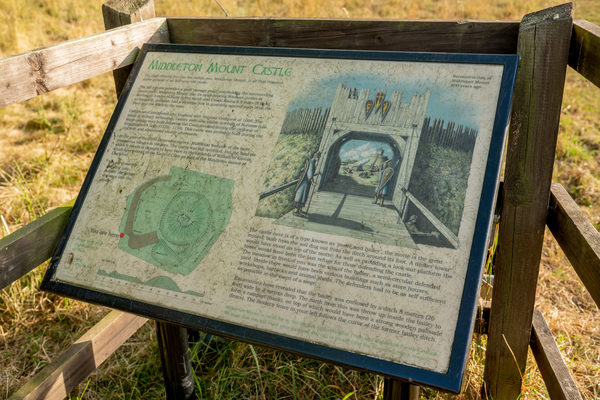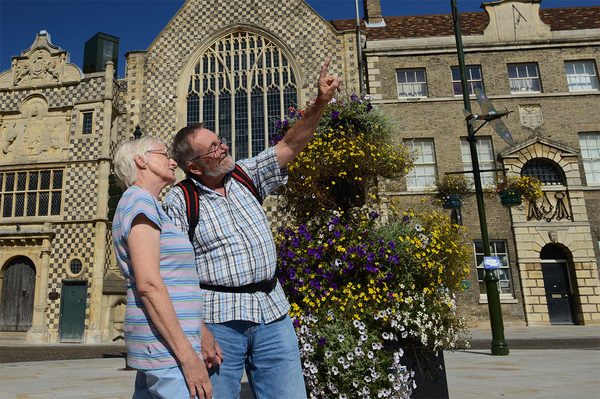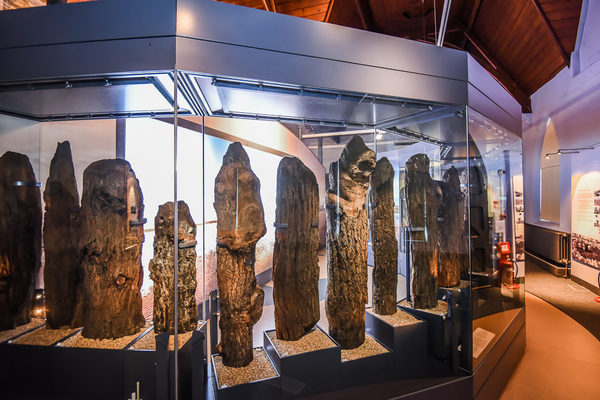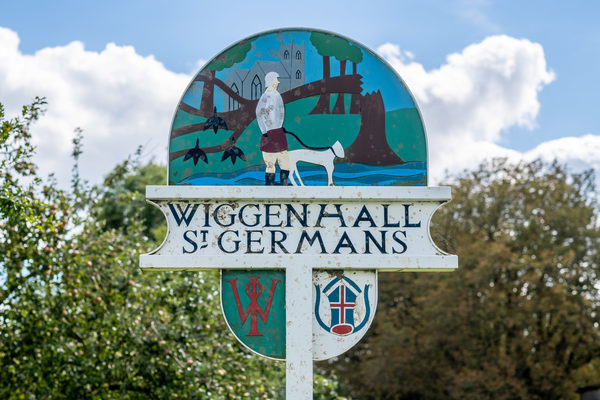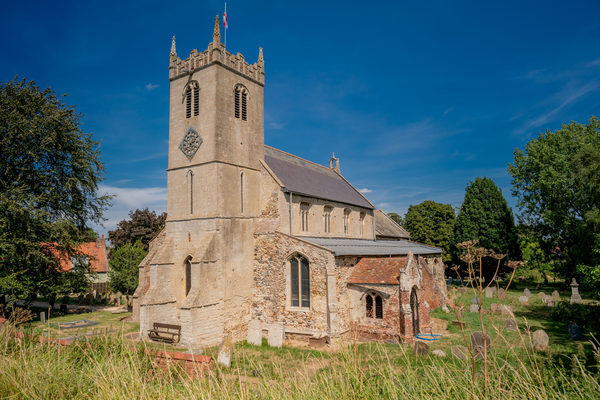All Saints’ Church in North Runcton is a parish church that dates back to the medieval times. The attractive church bear left opposite North Runcton Cricket Club, there is a brown and white sign, into School Lane. All Saints' lies partly hidden behind the church wall and yew trees at the top of the village green.
The original medieval church is mentioned in the Domesday Book with its first incumbent named Adam, recorded in 1294. Many rectors filled the role until the 19th Century, when in the patronage of Trinity College Cambridge appointments included the British Astronomer Royal Nevil Markelyne and chemistry professor Joseph Cummings.
After years of post-reformation neglect, it was recorded that ‘the old church tower was laid flat to the ground by the fall of the steeple’ in 1701. As a result, local architect Henry Bell redesigned the building and created a rare example of classic Georgian edifice in rendered brick, using materials from the old church with the vestries in reclaimed stone.
Henry Bell’s transformation inside the church is considered breath-taking by many. Resting on four plain classical columns, the centre vault of the building is decorated in a calming pale Wedgwood blue from which hangs a beautiful chandelier. The 18th Century polished marble font, which was brought to All Saints’ Church from what is now known as King’s Lynn Minster in 1907, is said to be that in which Captain George Vancouver was baptised in 1757. The impressive stained glass portrait of St George radiates colour and transforms the south side of the chancel. Created by Morris Meredith Williams, the tablet beneath the portrait commemorates it stands ‘in memory of those from this village who laid their lives for this country in the Great War 1914-1918’.
Two local families who contributed massively to the refurbishment interior design and layout of All Saints’ Church were the influential banking families of the Gurneys of North Runcton and the Cresswells in King’s Lynn. Sir Somerville Gurney imported the five paintings by Lamponi of Florence depicting Matthew, Mark, Luke and John with Christ in a central position adorning the entire east wall. The Gurney family vault can be found on the northeast side of the chancel, with a wall plaque to the patron of the church Daniel Gurney and his family. Samuel Gurney Cresswell, born in King’s Lynn, spearheaded the 1850 search for missing explorer Sir John Franklin, who disappeared without a trace whilst seeking to discover the North West Passage. As the first Royal Naval officer to cross the North West passage, Samuel Gurney Cresswell was awarded with a plaque on the south wall of the chancel to record the event. Four angels playing ancient instruments can be found decorating the ornate front panel of the organ that sits snugly in a chamber on the south side of the chancel. This was originally made for the Gurneys’ home at Runcton Hall in 1890.
All Saints Church in North Runcton is a traditional village church, and its interior is symbolic of the Quaker influence of the families who once worshipped there.
As advertised on the church notice board, the following key holders would be pleased to open the church for visits:
Rev Riaz Mubarak 01553 841519
Ken Matthews - Churchwarden 01553 842265
Lynda Fuller - PCC Member 01553 840553
Maggie Challis - Treasurer 01553 842540
